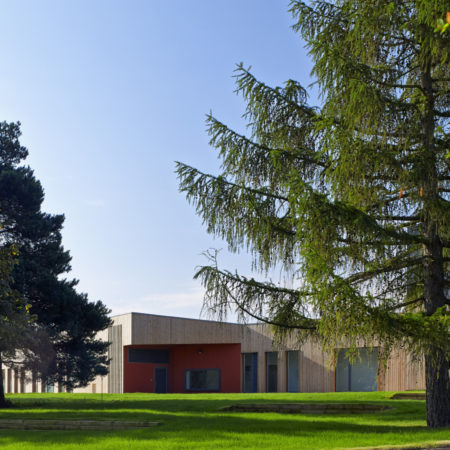Sustainable Healthcare Construction – It All Starts With Material Selection
Whether we are talking about sustainability or net carbon zero in relation to the healthcare estate, there’s a critical factor that has to be accounted for from the outset: embodied carbon. For every new hospital wing, health centre or extension to a GP surgery, embodied carbon is the opening balance in the carbon neutrality equation.
Embodied carbon is a measure of the greenhouse gas emissions created by extracting, processing, transporting and assembling the materials used in construction. The emissions are irreversible, meaning that the new building would need to be a net negative generator of carbon dioxide over its lifetime to arrive at a net zero balance.
This is significant for the healthcare sector because of the well documented effects of climate heating and poor air quality on human health. Embodied carbon is an issue that can’t be overlooked. Tackling it calls for a ‘fabric first’ approach.
Circular Ecology has calculated that in typical construction projects between 20-50% of the whole-life carbon footprint can be found in embodied carbon. Materials such as steel and cement consume vast amounts of energy when they are manufactured and transported. Extraction of raw materials is also an energy intensive process. So what’s the alternative?
A Low Embodied Carbon Choice
Structural timber has a negative embodied carbon figure. We all remember from school biology lessons that plants absorb carbon from the atmosphere and store it in the plant structure. Trees are extremely effective at doing this. With a high proportion of structural timber in the construction process, it’s possible to have a zero, or near zero, starting balance for the carbon footprint.
When structural timber is combined with offsite manufacturing methods you get additional benefits. Precise manufacturing guarantees an airtight structure where internal temperatures are easier to control. Thermal performance can also be engineered into the structure to reduce the need for artificial heating and cooling.
If net carbon zero and sustainability are serious objectives for the new healthcare estate, material selection is a vital consideration. The fabric first approach helps ensure that the sustainability equation doesn’t have to play catch up during the working life of the building.

